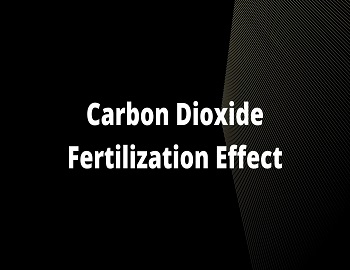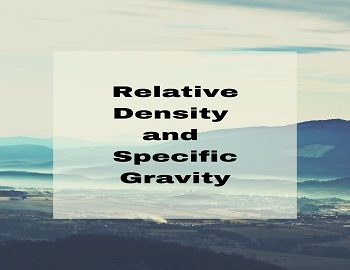Kinetic Theory of Gases Postulates:
In the gaseous state, matter does not have a fixed volume or shape. Many observed properties of gases can be explained on the basis of the motion of molecules formally known as the Kinetic Theory of Gases. The theory gives the relationship between the observed macroscopic parameters such as pressure, volume and temperature to the microscopic properties of gas molecules such as speed, kinetic energy, momentum etc. The theory is based on the following assumptions.
(1) A gas consists of a large number of identical, tiny, spherical, neutral and perfectly elastic particles called molecules.
(2) In a gas, molecules are moving in all possible directions with all possible speeds (zero to infinity).
(3) The space occupied by the molecules, i.e., their total volume is negligible as compared to the volume of the gas.
(4) There is no force of attraction between the molecules.
(5) The collision between the molecules and with the walls of the container is perfectly elastic i.e., kinetic energy remains conserved in the collision process.
(6) The duration of the collision is negligible compared with the time spent by a molecule between the collisions.
(7) Gravity has hardly any effect on molecular motion as their mass is too small and speed is very high. Thus, the density of the gas remains the same everywhere inside the container.









Comments (No)